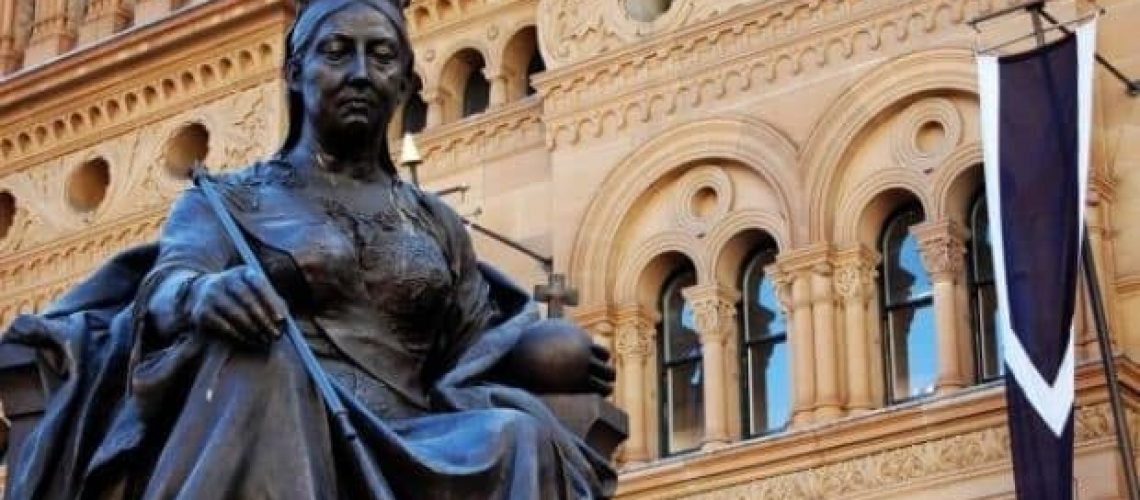The state government, or as lawyers like to call it ‘The Crown’, has the ultimate say over what happens to the lands that it oversees.
If it wants land farmed, it releases crown land and encourages farmers to come and take up virgin blocks of bush; if it wants minerals mined, it releases exploration acreage and calls for geologists to come and explore. In return it earns rents, royalties and taxes to fill its bottomless coffers.
If it has done a good job it will maximise lands under cultivation, have a steady flow of royalties from its mines, and have conservation reserves to create a landscape which looks balanced and well managed. If the crown has not done a good job, feral animals will be free to run amok, old mine sites will be left abandoned, potential agricultural lands undeveloped and good farm land scarred through mismanagement.
Unfortunately, the second description fits Western Australia better than the first. Across the state we have an ever growing number of conservation reserves, which might delight the aristocracy in the western suburbs, but are rarely visited as these folk are more attracted to the sophisticated climes of London and Paris. It is with great ease that the crown rolls out yet another nature reserve but instead of being filled with bilbies and bush turkeys, they are quickly overrun with feral cats and dogs, horses and camels, pigs and donkeys. A conservation reserve in name only.
Then there are the crown-owned estates, also known as pastoral stations, that cover a vast tract of the state. These are lands which the crown begrudgingly rents out, but like all rented vs owned land, they will never reach their full potential. The crown landlord just can’t bear giving up freehold rights, falsely believing that only it can be trusted to control land of any scale.
Then there are the mines. The crown loves a good gold mine, or even silver or copper, and once the reserves have been exhausted, in the past it lost interest and left the miners to walk away leaving a vast scar on the landscape. Nothing more than rolling ugly moonscapes of slag heaps and bottomless shafts left as bear pits for the unwary.
And then there are the agricultural lands where the crown, in its’ rush to turn virgin bush into rolling fields, instructed farmers to clear all the new lands from fence line to fence line including the creeks and the wetlands. This opened the way for salinity and erosion problems. And once it finally woke up, the crown shut down the whole land release program leaving at least half a million acres in the Fitzroy Catchment and the Esperance region which could have been sustainably developed into viable farmland.
Now the crown views the pastoralists, farmers and miners with suspicion, blaming them for its own past mistakes. It seeks to offload the responsibility for fixing the thousand unrehabilitated mine sites, reversing the salinity of the wheatbelt and controlling the feral animals on its vast pastoral estate.
But the crown can’t release virgin lands, claim the rents, set the rules and tax the people without taking ultimate responsibility of its past mistakes. Nor can it delude itself or con the people that rolling out more green on its maps is a way of fixing past problems. Only land, labour, capital and enterprise can fix the problem that the crown has created.
As I have written before, the crown does not need to own the state’s 450 pastoral estates. This is a failed land management system that does not maximise the productivity or protection of the land. Rather, the crown should freehold the leases and sell them off to the lessees, then invest the billion dollars the sales will generate into a trust fund for use in looking after its existing conservation park estate.
There is a clear precedent here, back in 2009 the Minister for Mines Norman Moore, moved to change the old mining environmental bond scheme into a half billion dollar floating trust fund to generate income to rehabilitate the state’s legacy of abandoned mine sites. Over the next hundred years this fund will revegetate the slag heaps and make safe the dangerous mine shafts that litter the state. In the same way, a billion dollar pastoral estate trust fund could provide the ongoing revenue for a massive ongoing hunt to clear out the hundreds of thousands of feral animals that are killing our native flora and fauna. And start the eradication process of invasive cacti and other nasty weeds.
And lastly, what to do about our freehold wheatbelt lands that have been over cleared and are now prone to the silent invasion of salt? As the state helped create this problem through its excessive land clearing policies, it needs to take a degree of responsibility in helping to rectify the problem. The obvious solution is yet another billion dollar trust fund so that farmers can be matched dollar for dollar in planting trees and salt bush to help protect vulnerable areas. This trust should be funded from the stamp duty paid by farmers on the sale of existing land. Instead of the $10m of stamp duty or so a year going into treasury’s coffers, it should go into a long term fund jointly overseen by farmers and the crown in the interest of protecting freehold farmland.
Over time the past failures of the crown to effectively manage the vast lands of Western Australia can then slowly be reversed not by short term policies and the regulatory powers of government departments but by the power of long term capital, the efforts of private land owners and their enterprise.
All we need now is for this government, or one in the future, to provide true leadership and take a very long term view. Sell the pastoral estates and quarantine the stamp duty income from farm and pastoral property sales and place them into two Land Management Trust Funds. Only then will they begin to undo some of the mistakes of the past. The crown should not do this for itself, or for the people, but for the land itself.











